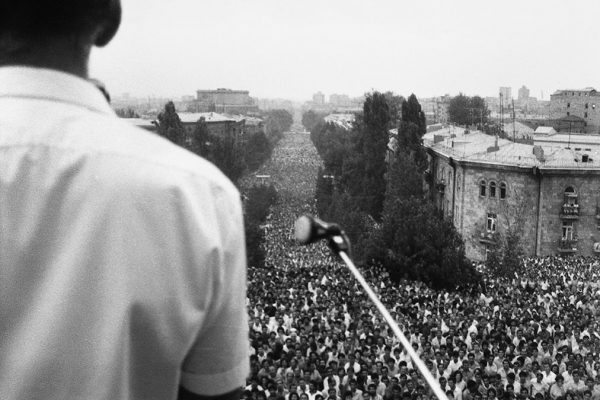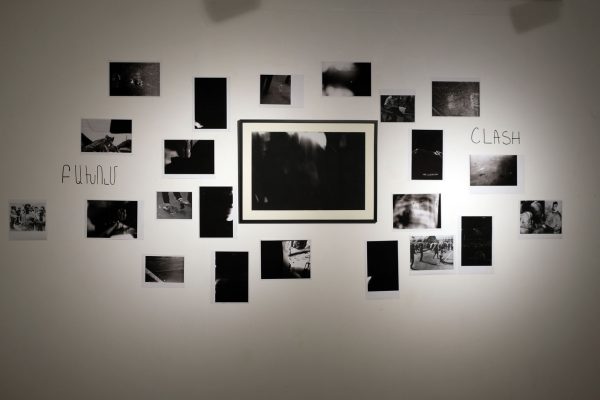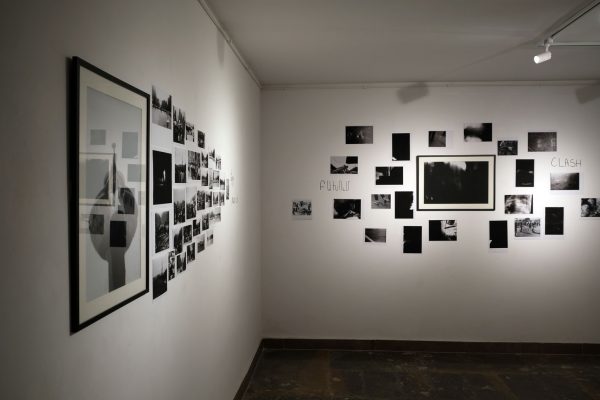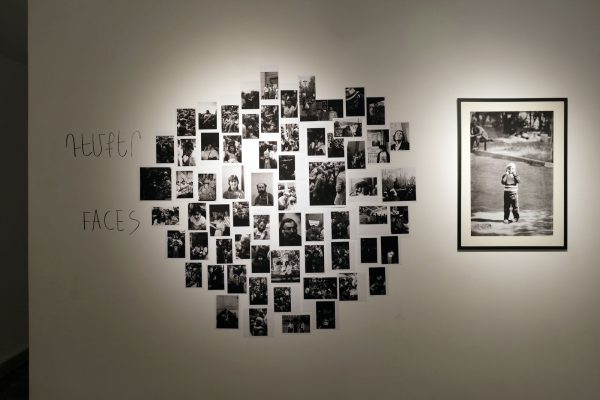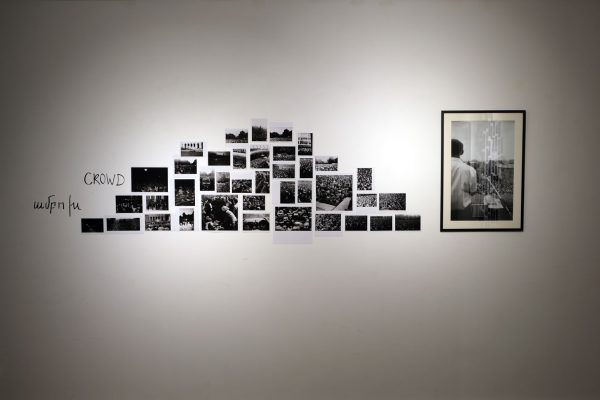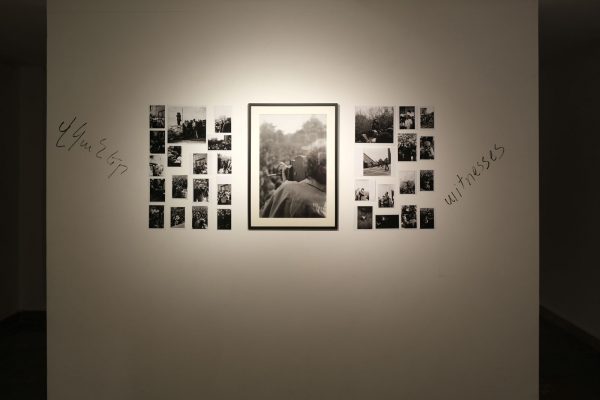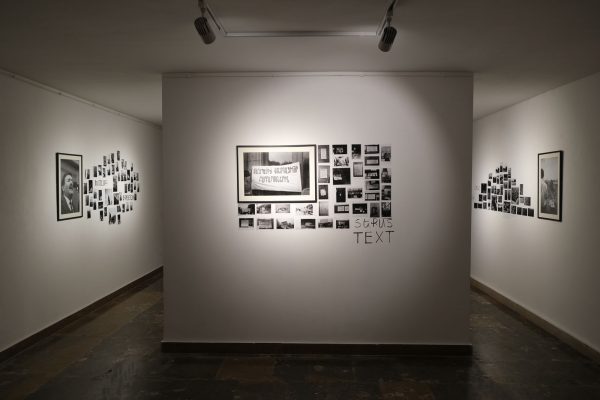The work of the Armenian photographer Avetik Hovhannisyan (1960–1988) is unknown to the public. Having taken up the camera in the late 1970s as a hobby, Hovhannisyan dreamt of becoming a professional photojournalist, but was cruelly murdered in still-unresolved circumstances at just 28 years of age. Drawn from the ManBan Visual Culture Archive collections, the exhibition Anatomy of a Protest includes a small selection of Hovhannisyan’s previously unpublished negative archive, which presents a fresh documentary perspective on the 1988 Karabagh Movement.
After the onset of ‘Perestroika’ and the subsequent calls for Karabagh’s reunification with Armenia, Hovhannisyan became actively involved in various activist groups. Between 1987 and 1988, he was on the streets of Yerevan, documenting the rising wave of anti-government protests on a daily basis and in great detail. The resulting images lacked technical or aesthetic finesse but had an electrifying urgency that is palpable even today. The photographer aimed to witness and record events before they crystallised into historical facts, giving us a precious glimpse of the protests in their raw and unfiltered form.
But how do we perceive this record today, when we’re aware of its tragic future after the 2020 war and the eventual loss of Artsakh? What are the insights of these spontaneous snapshots that attest to hopes and dreams now crushed under the rubble of war and displacement? As frozen fragments of a disappeared reality, these photographs do not contain answers, messages, or even memories (for photographs replace living memory) that may ‘explain’ the past. They come to us instead as a site of mourning for the inevitable loss of historical narratives and our melancholic longing for their restoration. But in our act of looking, the past reappears in the here and now as a spectral trace, forcing us to reflect on and make sense of it as ‘History’. Thus, in analysing and archiving these photographs, we inevitably turn them into a sort of map that ties us to points in time yet always leads back to ourselves with a promise of a revelation, a flash of ‘truth’.
What this map divulges, among many things, is an ‘anatomy’ of the 1988 protests with its patterns, pulses, and movements—a structure indicated by Hovhannisyan’s arrangement of his negatives. It may be partial or ruined, but it is an anatomy that gives memory a tangible body and a location, which is at once removed from and connected to us. In this genealogical link with the past, the viewer sees a reflection of the anatomies of present-day desires, movements, and dreams. It is a moment of recognition that reveals our current experiences as a journey and a cycle, as History.
Rather than ‘decoding’ the past, this recognition reanimates the lost past in the present, allowing us to understand our living reality as profoundly traumatic and requiring healing. Thus, Hovhannisyan’s photographic mapping of the 1988 Movement guides us toward a critical relationship with our collective memory and the movements in the world to come. It is a work that powerfully speaks of the continuing importance of documentary photography as a way of shaping not only our memories but the future itself.


